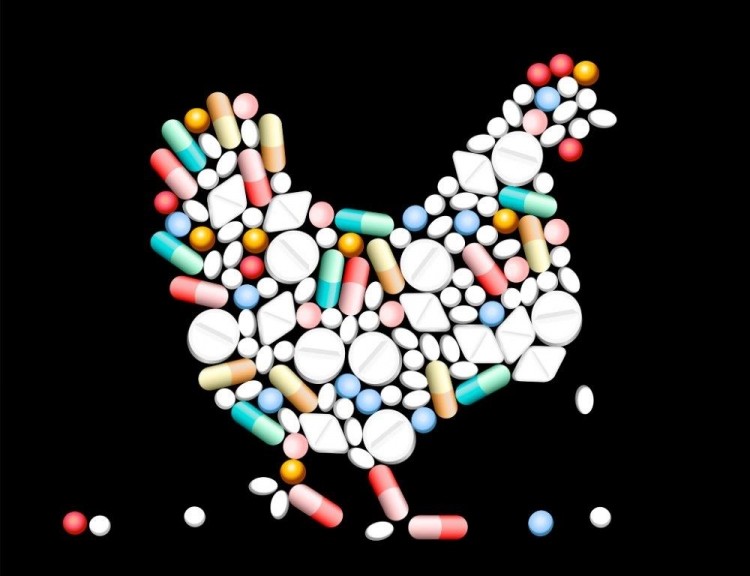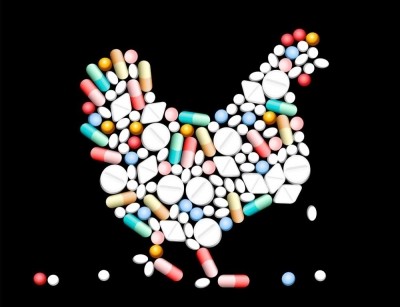AFIA objects to record retention timeframe under new VFD rule

The directive is one element of the FDA’s strategy to encourage the judicious use of antibiotics in US animal husbandry.
It is also moving to eliminate the use of such drugs for growth promotion and feed efficiency under FDA Guidance 209 and 213.
The responsibilities of the feed manufacturer under the VFD are also outlined. The FDA said it will gather data including VFD drug use and the volume of VFD feed being produced.
“This information would be gathered through multiple sources such as FDA food and drug registration information, feed mill licensing information, the VFD distributor notifications FDA receives, and VFD distribution records maintained by pharmaceutical companies and VFD distributors. This information will allow the FDA to focus inspectional resources within the industry based on risk,” said the agency.
Record-keeping concerns
Richard Sellers, senior VP of legislative and regulatory affairs at the American Feed Industry Association (AFIA), said the trade body fully backs the amended VFD but it is concerned at the record-keeping commitment it will entail for the feed industry.
He said, in 2012, the FDA originally proposed a reduction in the recordkeeping requirement for VFD feeds from the current two years to one year.
“The one-year record retention period is consistent with the requirements found in the current good manufacturing practice (CGMP) regulations for medicated feeds (21 CFR Part 225). The experience of feed mills that have handled VFD feed since 1996 has shown that a two years’ timeframe is unnecessary to ensure adequate control over the distribution and use of the VFD drugs and feed.
That is why AFIA supported the move to one-year recordkeeping, which it believes is adequate,” Sellers told FeedNavigator.
The FDA disagrees. It said they are several benefits to a two-year VFD record retention period:
“A two-year VFD recordkeeping requirement aligns with the recently published Current Good Manufacturing Practice and Hazard Analysis and Risk-Based Preventive Controls for Food for Animals proposed rule - 78 FR 64736; October 29, 2013).
We believe that because many operators manufacturing or distributing animal feed bearing or containing VFD drugs may be required to comply with these proposed CGMP requirements, they would benefit from such a recordkeeping requirement alignment
In addition, the longer record retention period would provide a more complete history of records, which is useful in identifying patterns of noncompliance with the VFD regulations during regular inspections.”
The US watchdog also said it intends to provide education and training for stakeholders subject to this final rule, such as veterinarians, livestock producers, feed mill and other distributors. “These education and training efforts are important for supporting effective implementation and compliance with the final rule.”
Industry pledges
Tuesday also saw the AFIA and other stakeholders attend a ‘White House Forum on Antibiotic Stewardship’ in Washington, DC, with the delegates pledging to implement changes and education during the next five years in an effort to combat antibiotic resistance.
Following the event, senior VP of scientific and regulatory affairs at the National Chicken Council, Ashley Peterson, said the US poultry sector supports FDA Guidance 209 and 213:
“We recognize the responsibility of the industry to implement the recommendations to phase out the use of medically-important antibiotics for growth promotion. All of our member companies are already eliminating their use for growth promotion and most are moving far in advance of regulatory deadlines for compliance.”
The Council also endorses the VFD: “Veterinary oversight is important to continued success. Today, all chicken farms are under a health program designed by a licensed veterinarian.”
Peterson said around one-third of broiler chicken companies in the US currently produce chicken raised without antibiotics and/or organic chicken products, with the industry increasingly relying on a class of animal use only antibiotics called ionophores, used in animals only, to maintain bird gut health.
He said the industry representatives will engage with the US Department of Agriculture (USDA) and the FDA to define metrics for success related to antibiotic data collection, and to pursue “further research in the area of antibiotic resistance and antibiotic alternatives."
FeedNavigator is hosting a free online forum on 30 June where leading international experts will discuss the likely nutritional candidates to replace antibiotics in poultry feed. Click here to register and to find out more.















